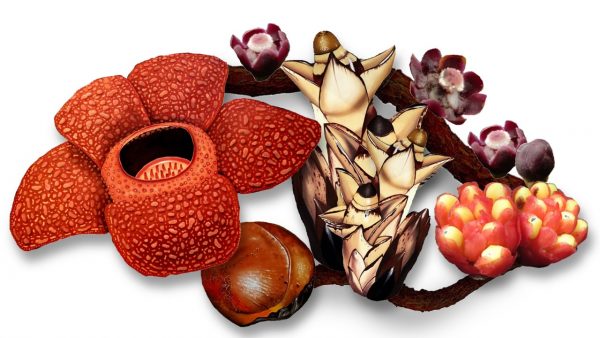Endoparasitic plants are the most reduced flowering plants, spending most of their lives as a network of filaments within the tissues of their hosts. Despite their extraordinary life form, we know little about their biology. Research into a few species has revealed unexpected insights, such as the total loss of plastome, the reduction of the vegetative phase to a proembryonic stage, and elevated information exchange between host and parasite. To consolidate our understanding, we review life history, anatomy, and molecular genetics across the four independent lineages of endoparasitic plants. In our recent paper in New Phytologist, we highlight convergence across these clades and a striking trans-kingdom convergence in life history among endoparasitic plants and disparate lineages of fungi at the molecular and physiological levels. We hypothesize that parasitism of woody plants preselected for the endoparasitic life history, providing parasites a stable host environment and the necessary hydraulics to enable floral gigantism and/or high reproductive output. Finally, we propose a broader view of endoparasitic plants that connects research across disciplines, for example pollen-pistil and graft incompatibility interactions and plant associations with various fungi. We shine a light on endoparasitic plants and their hosts as under-explored ecological microcosms ripe for identifying unexpected biological processes, interactions and evolutionary convergence.
